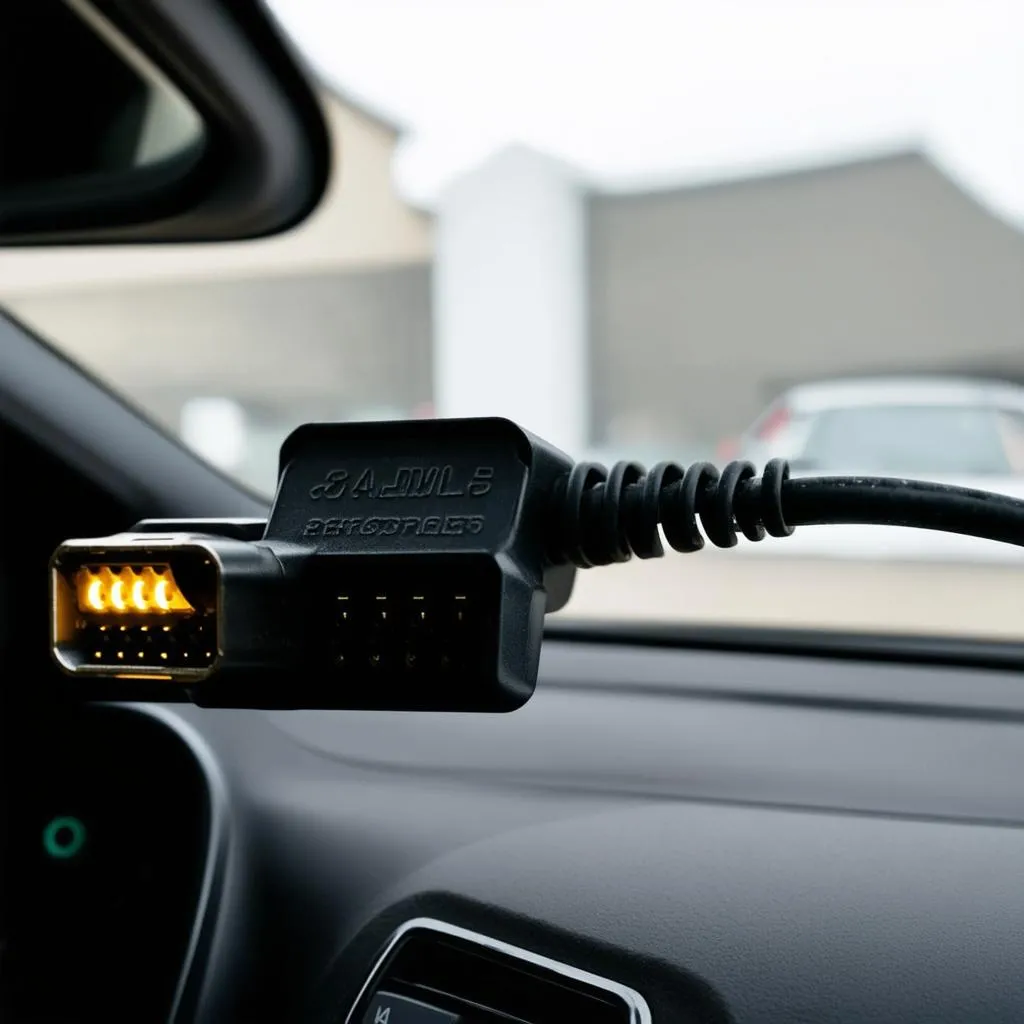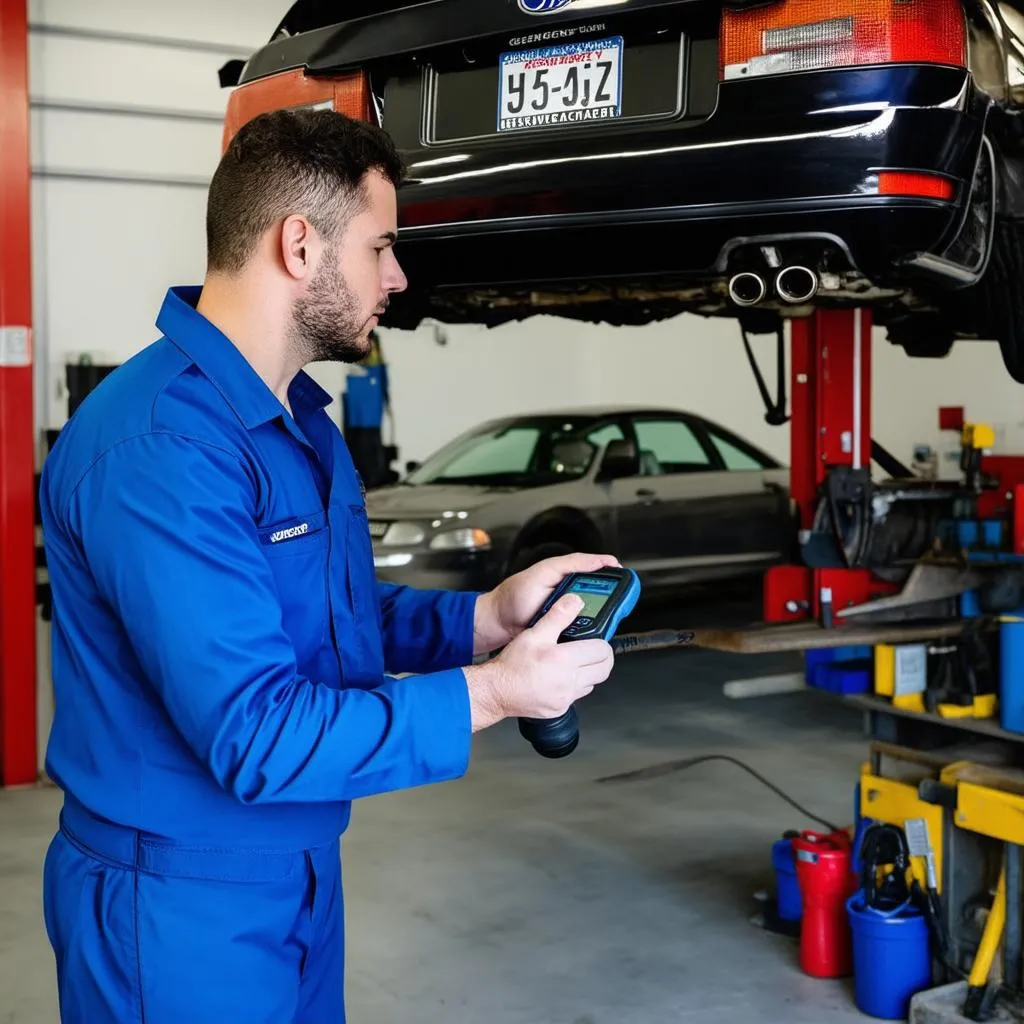Imagine this: you’re cruising down the Pacific Coast Highway, the California sun warming your face, when suddenly, your check engine light pops on. Frustrating, right? Now, imagine you could understand exactly what your car is trying to tell you, without a trip to the mechanic. That’s where the magic of an OBD cable comes in.
What is an OBD Cable and Why Should You Care?
Whether you’re a seasoned mechanic in a bustling Chicago garage or a car enthusiast tinkering in your Austin driveway, understanding the OBD, or On-Board Diagnostics, system is key. The OBD cable is your direct line of communication to your car’s computer, a bridge between complex code and clear insights.
A Window into Your Car’s Soul
Think of the OBD cable as a translator for your car. It lets you connect a diagnostic tool, like a dealer scanner, to your car’s computer and access a wealth of information:
- Reading and Clearing Trouble Codes: That pesky check engine light? An OBD cable can tell you exactly why it’s on, from a loose gas cap to a more serious engine issue.
- Monitoring Real-Time Data: See your car’s speed, engine RPM, coolant temperature, and more, all in real time. This data can be invaluable for diagnosing problems and monitoring your car’s health.
- Performing Advanced Diagnostics: For the pros, OBD cables allow access to advanced functions like ECU programming and module coding.
Choosing the Right Cable for Your European Car
Not all OBD cables are created equal, especially for European cars. Let’s say you drive a sleek BMW F30 – you’ll need a cable specifically designed for that model and its software. Confused about ALDL, USB, or LT1 OBD-1 cables? Click here for a deep dive into the different types of OBD cables and their compatibility.
 OBD cable connected to a car's OBD port
OBD cable connected to a car's OBD port
Common Questions About OBD Cables
What can I do with an OBD cable?
Beyond diagnosing problems, an OBD cable paired with the right software can unlock a world of possibilities:
- Customize your car’s settings: Adjust your headlights’ sensitivity, program automatic door locks, and tweak other personalized features.
- Track your driving habits: Monitor your fuel efficiency, acceleration, and braking to improve your driving skills and save on gas.
- Turn off annoying warning lights: While we never recommend ignoring a serious issue, an OBD cable can help you disable false alarms or those pesky seatbelt reminders.
Do I need a professional to use an OBD cable?
Not necessarily! While advanced functions are best left to the experts, user-friendly OBD scanners and mobile apps make it easy for anyone to perform basic diagnostics.
Where is the OBD port located in my car?
The OBD port is typically found under the driver’s side dashboard, often near the steering column. If you’re having trouble finding it, your car’s owner’s manual is a great resource.
From DIY Diagnostics to Professional Tuning
Whether you’re looking to demystify a warning light, squeeze extra horsepower from your engine, or simply learn more about your car, an OBD cable is an essential tool.
Here are some related questions you might find helpful:
- Can I use an OBD cable to program a new key for my car?
- What are the best OBD scanners for VW vehicles?
- Are there any risks associated with using an OBD cable?
For in-depth information about specific car models and diagnostic tools, explore our other helpful resources:
 Mechanic using an OBD scanner on a car
Mechanic using an OBD scanner on a car
Ready to Dive Deeper into the World of Car Diagnostics?
We’re here to help! Contact us on Whatsapp at +84767531508 to receive expert guidance on choosing the right OBD cable, diagnostic software, and installation support. Our team of automotive specialists is available 24/7 to answer your questions and help you unlock your car’s full potential.